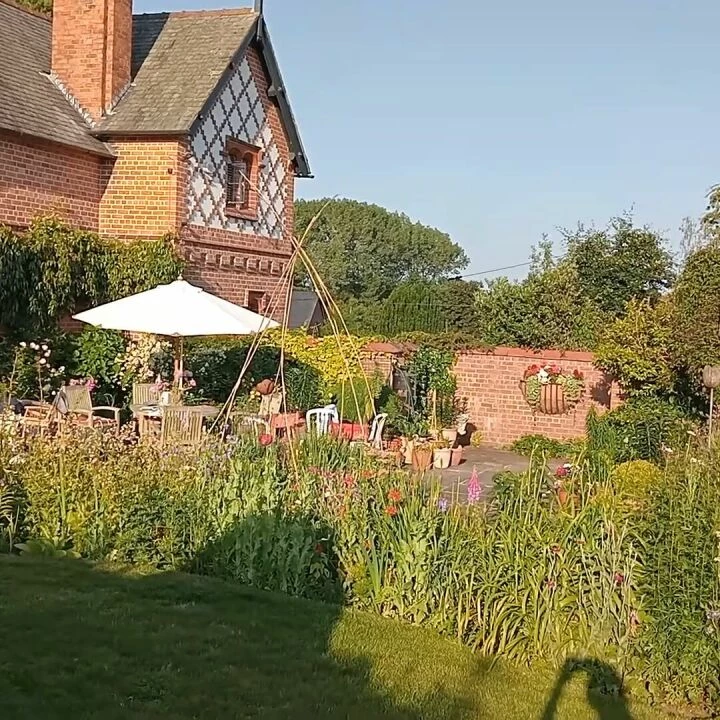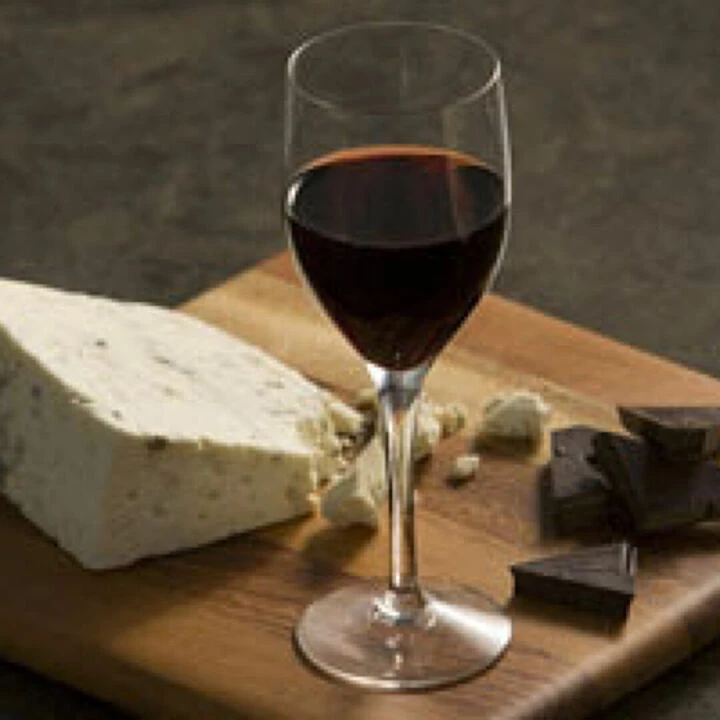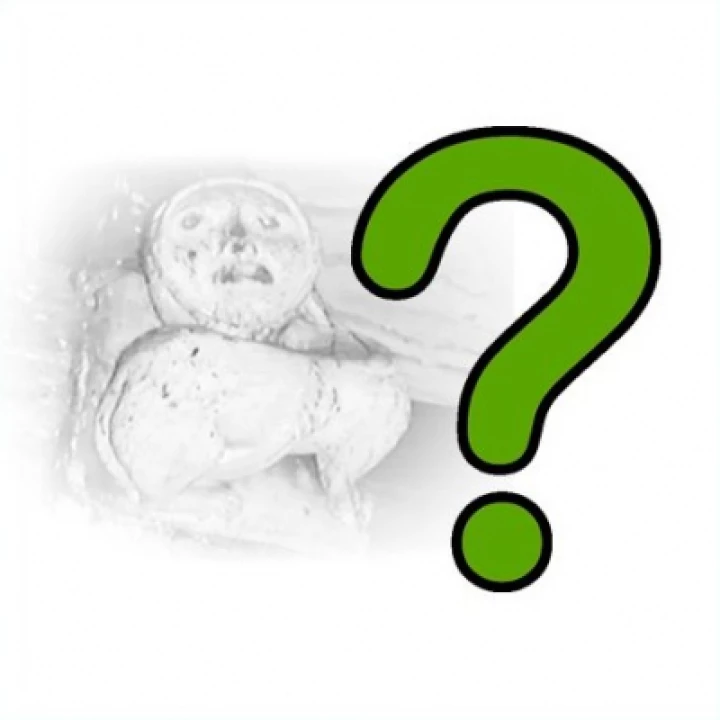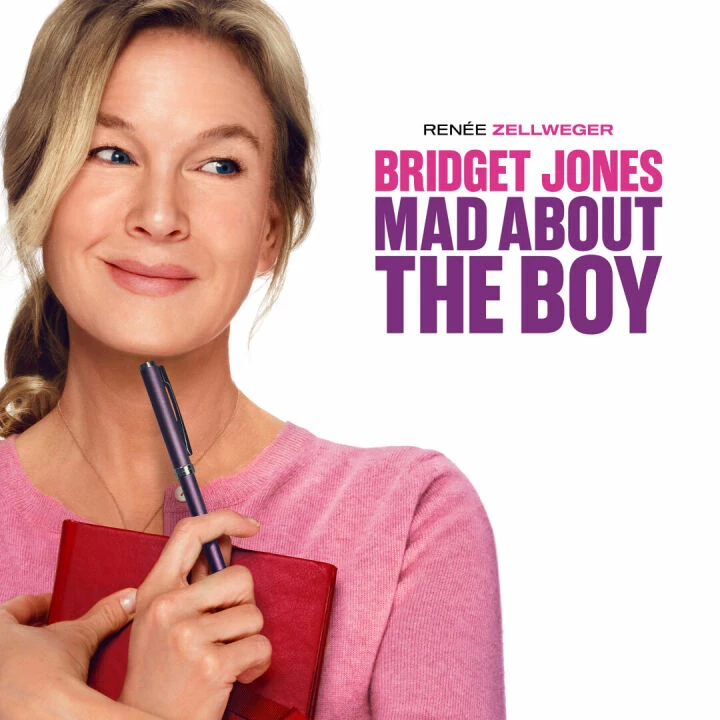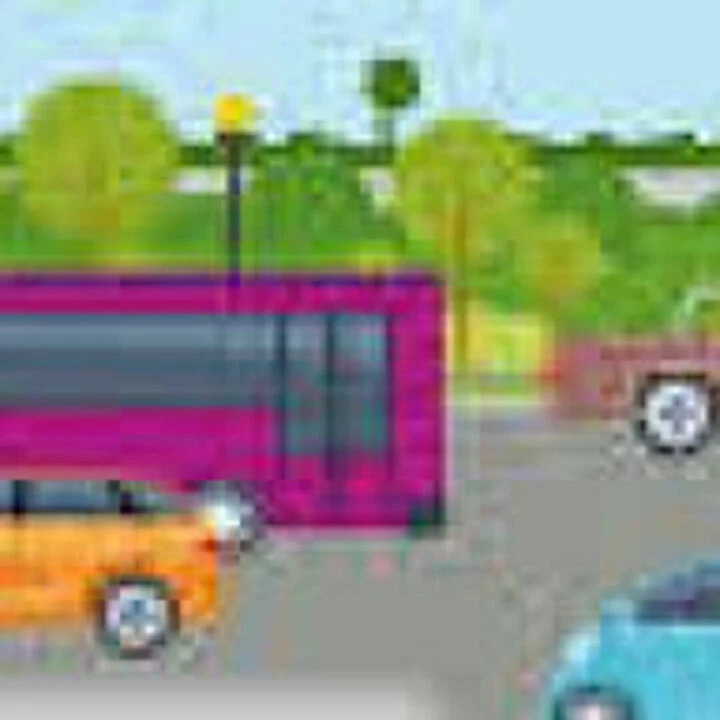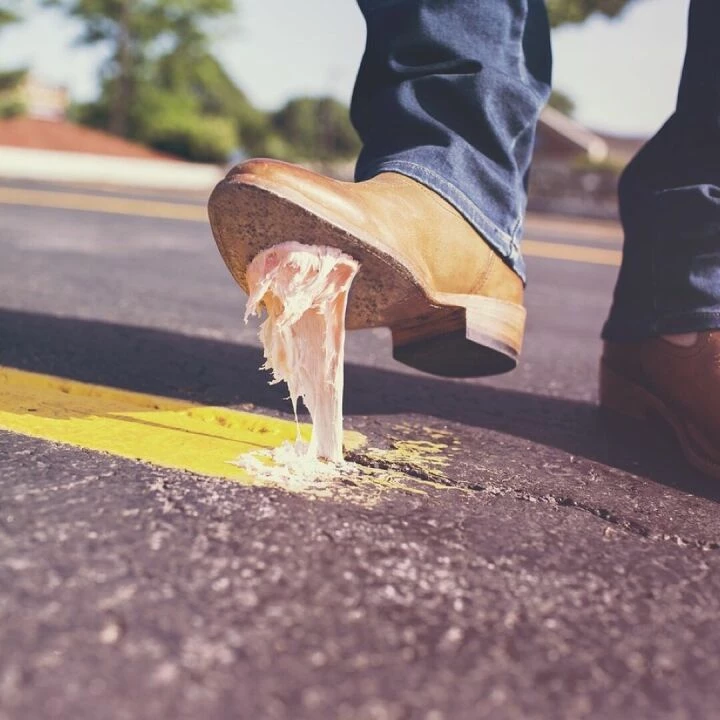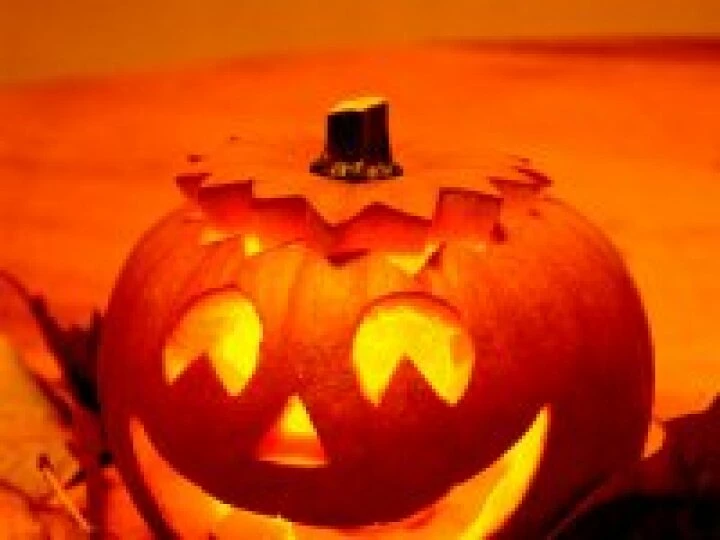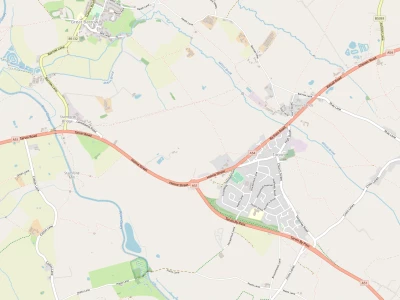How much do you really know about Halloween?
I guess we all know that Halloween is annually celebrated on October 31. Some people hold Halloween parties on or around this date, where the hosts and guests often dress up as skeletons, ghosts or other scary figures. Common symbols of Halloween include pumpkins, bats and spiders. I cannot think of many better uses for a pumpkin – can you? Good pumpkin recipes are always welcomed though!.
Some children go trick-or-treating. This means that they dress up and go to other peoples' houses, knocking on the door for treat of sweets or a snack. Those who do not give out a treat may be tricked with a joke instead.- BE WARNED!
Help is at hand from our local police as you can get a small Halloween window poster from your local police station
The posters are A5 size and have a different message on either side.You can choose to display:-
"Trick or Treaters WELCOME"
or
"NO Trick or Treaters please"
You can of course print out your own poster from the links to save you going to your local police station. By the way do you know where your nearest police stations actually are? Well they are in Tarporley and Mickle Trafford.
I guess the number of children venturing around Tarvin that evening unfortunately won't be too many with all our concerns over child safety nowadays. Parents can always follow behind at a discreet distance of course.
I admit this was the limit of my pretty thin knowledge and I thought it was really a recent American import. I quickly found out how wrong I was as I started to nose around the internet in search of Halloween's fascinating and long history.
Where did the name come from?
The easy answer to this question is that no one really knows the origins of Halloween.
What we do know for sure is that Halloween is on the eve of a major Catholic festival, All Saints (1st November). Another name for All Saints Day is 'All Hallows' (hallow is an archaic English word for 'saint').
There are several other lesser known names such as Nut-crack Night, Thump-the-door Night or Apple and Candle Night !
Some people call Halloween Bob Apple Night or Duck Apple Night. This comes from a traditional game played at this time of year and known as 'apple bobbing' or 'apple ducking'. A bucket or other container is filled with water and one or more apples are floated on the water. The contestants take turns trying to catch an apple with their teeth. They must hold their hands behind their backs at all times.
How did all this celebration start?
Halloween probably had its origins in pagan festivals held around the end of October in England, Wales, Scotland and Ireland. People believed that, at this time of year, the spirits of dead people could come 'alive' and walk among the living. They thought that it was important to dress up in costumes when venturing outside, to avoid being harmed by the spirits. This may be the origin of the Halloween costumes seen today. In Puritan times, Halloween celebrations were outlawed, but they were revived in later times.
Neither the word Halloween or the date 31 October are mentioned in any Anglo-Saxon text indicating that it was just an ordinary day a thousand years ago.
Also from the Medieval period (1066 – 1485) through to the 19th century, there is no evidence that 31 October was anything else other than the eve of All Saints Day.
Then things start to change!
From the 19th Century to the present day, 31st October has increasingly acquired a reputation as a night on which ghost, witches, and fairies, are especially active (Hmm!)
Some aspects of the modern Halloween celebrations, such as carving lanterns out of vegetables originated long ago. Others were introduced more recently, often as a form of commercial promotion. Many customs originated in the United States and have travelled back to the United Kingdom. ( Ed. The only bit I got right!)
A few Halloween Customs
In Lancashire, 'Lating' or 'Lighting the witches' was an important Halloween custom. People would carry candles from eleven to midnight. If the candles burned steadily the carriers were safe for the season, but if the witches blew them out, the omen was bad indeed.
Thank goodness for street lighting today I say but don't turn them off.
In parts of the north of England Halloween was known as Nut-crack Night. Nuts were put on the fire and, according to their behaviour in the flames, forecast faithfulness in sweethearts and the success or failure of marriages.
Has anyone had experience of this in practice?
Many places in England combined Halloween with Mischief Night (celebrated on 4 November), when boys played all kinds of practical jokes on their neighbours. They changed shop signs, took gates off their hinges, whitewashed doors, and tied door latches.
Not much difference there then!.
Have a great fun night.
Quick Links
Get In Touch
TarvinOnline is powered by our active community.
Please send us your news and views.

